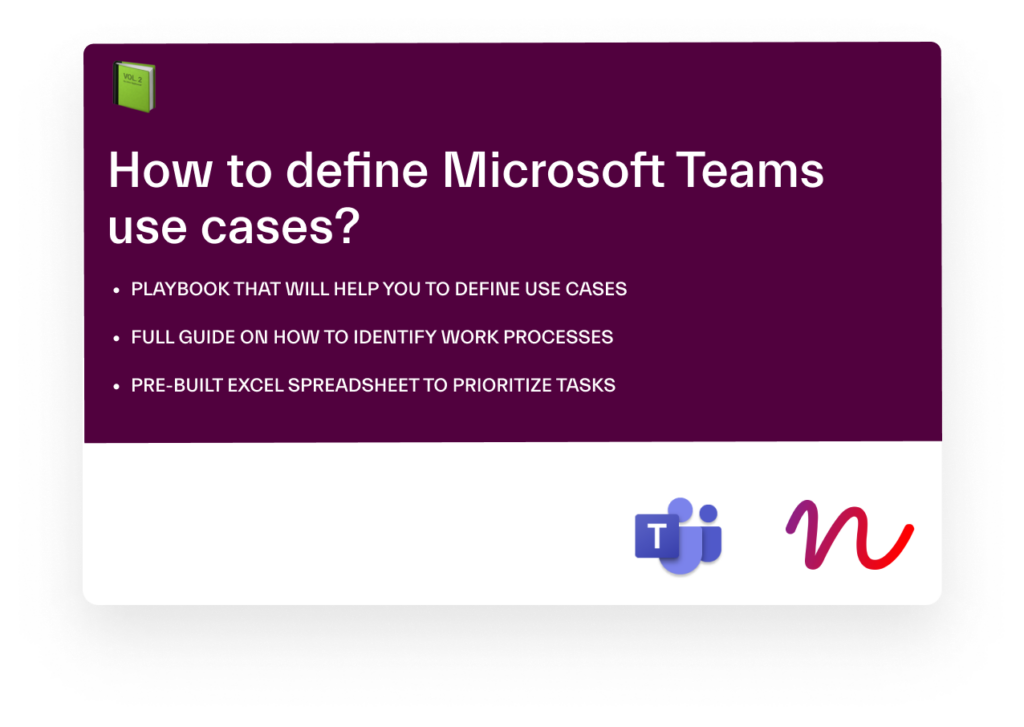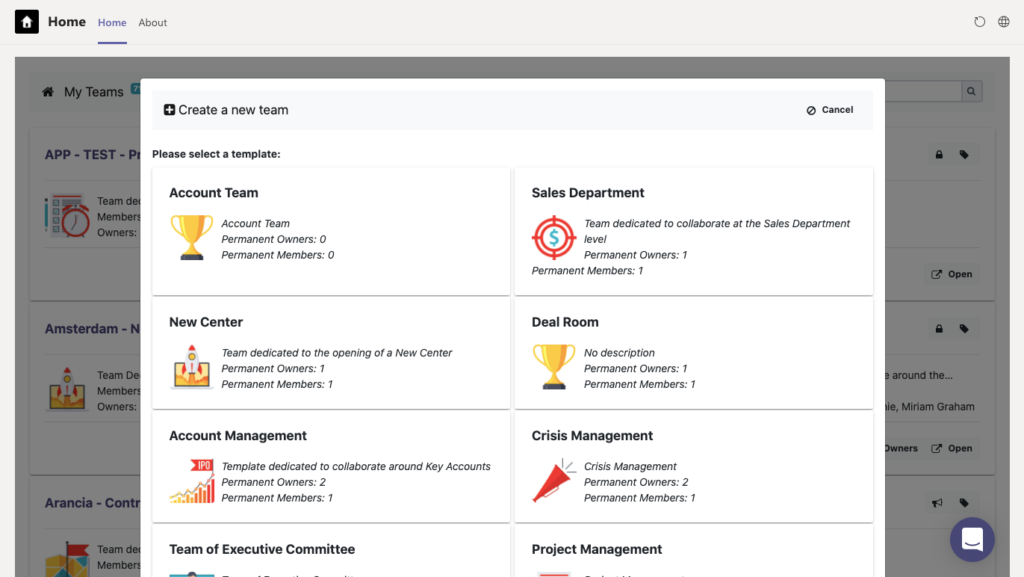In every organization, resource management is key to success. The more efficiently you use your resources, the more profitable the business becomes. Resource is a comprehensive term that includes every kind of input your organization needs to process in order to deliver an output. The ability to reduce the number of resources allocated for a specific task without altering the results of that task is operational efficiency. In other words, it’s about achieving the same by investing less.
Improving your operational efficiency should be among top priorities. It ensures that you stay ahead of your competition and run a successful and profitable business. In this article, we will share with you some practical strategies that will help you improve operational efficiency.
What does operational efficiency look like?
Operational efficiency is a measurable metric that you can monitor by tracking your company’s KPIs. The most crucial factor here is maintaining the same output level while reducing the input. If the output drops, it means you haven’t increased efficiency but just decreased the whole productivity of your system.
When your production lines can manufacture the same batch with less fuel, it’s a machinery efficiency. If your employees can process the same tasks in less time, it’s performance efficiency. Once you achieve operational efficiency, you start saving money, reflecting on your profit margins or your competitive pricing for your products and services.
Diving into strategies to improve operational efficiency
Improving operational efficiency doesn’t happen on its own and doesn’t occur overnight either. You need to invest some effort to implement an improvement strategy that matches your business case. When you select the right strategy, consider your work to be halfway done. The right strategy will save you time and bring you closer to your goal.
Choosing the proper strategy requires:
- analyzing your current business situation,
- developing an action plan (roadmap), and
- taking according actions.
It is a challenging journey. However, remind yourself that improving operational efficiency will not just save your money but will enable you to increase your client’s base. It’ll also help you expand your business by becoming more competitive and agile.
If you’ve decided to embark on that journey, here are four basic strategies for you to employ.
Start working in the open

The first one to consider is to start working in the open, which means reducing silos and fostering a higher level of communication between employees in the company. In simpler terms, working in the open means that all of your teams present their work (unless there is confidentiality involved) with everyone in the organization. This applies to all kinds of teams and working models – remote, on-site, hybrid, asynchronous, etc.
Instead of working separately, bring your team together with an open work environment. Encourage teams to share their results and collaborate on various tasks. Working in the open is one of the best and simplest ways to spot inefficiencies in your workflows. This work mode allows you to be closer to the daily activities within your company and notice any obstacles and difficulties that might come up.
It’s important to keep in mind that working in the open doesn’t mean that you should micromanage and get involved in every small activity violating your employees’ privacy. It simply helps you oversee things from an eagle’s eye to catch inefficiencies and fix them.
How to start working in the open
- Implement a collaboration solution in the company to provide a technical base for your open environment approach and encourage your team to share their updates, results, and tasks with each other. We recommend considering Microsoft Teams as your collaboration solution.
- Working in the open means that everyone in the company follows this rhythm, including the senior management team. In the end, they set an example for the entire staff and have to walk the talk. This implies listening to ideas instead of solely giving orders, embracing feedback from their team, and considering updating the processes based on the feedback. In other words, practice what you preach.
- Create a dedicated space for employees to speak up, share their ideas, comments, thoughts, and concerns. It can be a specific day of the month when you hold dedicated meetings for this purpose or if you use Microsoft Teams, you can create a dedicated team where everyone can share their thoughts at any moment.
More benefits that working in the open can help you achieve
As already noted, operational efficiency is about a smart allocation of resources. And working in the open allows you to see exactly how the resources are allocated and managed within the team. So, the question is then – what do you do when you notice operational inefficiencies?
Let’s discuss some of the most common inefficiencies and you can overcome them:
- The teams spend too much time on administrative work and repetitive tasks
Whether it’s sending emails or managing payrolls, admin tasks can be daunting and time consuming. And as we know time is the most valuable resource we have, so when possible, automate such work. For example, you can utilize chat bots to reduce the workload of your support teams and give them extra time to work on more complex issues. You can learn more about business tasks that can be automated here.
- Time management
Perhaps, this is one of the biggest work-related challenges of the 21st century. If or when you notice issues within your company related to time management then the best thing you can do is shadow your employees to understand what they do on a daily basis, how they prioritize their tasks and give them pointers accordingly. If it’s a company-wide issue, then you may consider hiring a professional to train your team.
- Lack of human resources
Often, you actually improve your operational efficiency when you increase your resources such as hiring new people. Working in the open will clearly show you if your team members are overworking and whether there is a need for new staff. Yes, a new hire is technically a new input, so you’re adding one instead of reducing but there are cases when adding a resource is the best solution.
Encourage cross-departmental collaboration

When your team members in the same department start collaborating with each other, they can significantly reduce the time they need to finish tasks. When different departments start working together, it brings your business to a whole new level. It creates a pool of experience everyone can use. And by that, you will eliminate double handling and maximize the use of your teams’ efforts.
However, you can’t implement a cross-departmental collaboration without having the appropriate technical base to support your endeavor. Otherwise, you end up creating additional admin work such as back-and-forth emails which is counterproductive. Having a collaboration solution is essential to guarantee your team can efficiently communicate and collaborate on a higher level with enough tools to support that. For instance, Microsoft teams can provide workspaces and channels with lots of sharing and co-working features.
How to encourage cross-departmental collaboration
1. Get your team to trust each other and believe that each of them is doing their best for the company’s success. Building that trust is certainly a difficult task. Here are some guiding points by Spencer Stuart, a leadership consulting firm:
- Provide opportunities to build relationships
- Offer networking opportunities for team members to share their capabilities
- Speak the truth
- Highlight successes
- Encourage and role-model transparency
- Admit when you don’t know something
The 4th point is especially important so let us highlight it again. Pay great attention to accomplishments and celebrate your team’s achievements together. When employees feel their efforts are ignored, they will start losing passion and might end up leaving the company for no specific reason.
2. Collaboration is not a one-way street, especially cross-departmental collaboration. Instead of focusing on merely giving instructions, ask for feedback and listen to that feedback. It can help you understand any insufficiencies and gaps in cross-departmental collaboration and pinpoint development opportunities.
3. Become a part of the collaboration process yourself and keep a closer eye on all departments and interact with them. Don’t go for micromanagement because that would consume your time and energy. But be aware of what’s happening and bring solutions when needed.
Introduce technological solutions

Improving efficiency requires eliminating your workflow inefficiencies, which means you have to rely on technology and enable computer-aided solutions to take part in your daily business operations. Digital transformation brings you one step closer to your goal by organizing resources sharing, accessibility, and real-time co-working. Implement a collaboration solution and automate as many processes as possible to reduce admin work and enhance your work environment.
Technological solutions can be applied to most if not all industries and undoubtedly to all aspects of business from marketing to sales, finance, and HR. So, dedicate some time to research to see what kind of tech solutions exist in your industry and how you can benefit from them.
If you’re using Microsoft Teams as you collaboration platform and you’d like to learn how to use it to its full capacity, you can explore these top 10 Microsoft Teams scenarios and use cases.

Learn how to define Microsoft Teams use cases for your business needs
Get the free playbook, share it with your colleagues and improve your collaboration!
Collaboration Templates
You created a workspace for your specific business scenario, uploaded all the right documentation for your team to work on, added tabs with important files and apps, including tasks, and invited the right people to this team. The preparation part is done, your team can start working on their assignment.
But then a new project comes, and you need to do it all over again. To increase your team efficiency and save time on performing repetitive tasks, you can use Collaboration Templates by nBold.
Collaboration templates allow you to:
- Execute more efficiently in structured teams with all the right tools ready in place;
- Successfully manage all processes with a ready-to-go framework;
- Ensure the high level of security through advanced Governance Policies.

Talk to our team to learn how you can improve your specific business processes with Collaboration Templates.
Embrace flexibility
After reading so far, you might have decided you want to take this step and walk the extra mile toward improving operational efficiency. But just like any other goal, you can’t achieve it without careful monitoring and adjusting along the way.
Sometimes business owners and managers favor the traditional ways of management to avoid potential errors. While it may work for a while, you can’t keep everything constant and rigid in this ever-changing world. Embracing flexibility allows you to address any unexpected challenges that come your way. It also keeps your employees happy because there are no dogmatic policies and bureaucratic procedures for, let’s say, taking a sick day.
Here are some ways you can embrace flexibility that will contribute to improving operational efficiency:
- Flexible work schedules for your team means they can work in different time zones based on their preferences and the business requirements. The assessment of their performance then becomes result-based rather than time-based.
- Turning your work environment from office-based to remote or hybrid can increase flexibility and help you get the best out of your team. Still, you need to employ a collaboration solution professionally to organize the process.
- Meeting with your employees is essential to encourage a culture of openness and idea sharing. However, too many meetings will kill efficiency and waste your resources. Make meetings more focused and whenever possible, write an email instead.
Improving operational efficiency is a decision. Once you make up your mind and decide you want to move forward in this journey, you have to be committed to whatever it takes as long as the results are promising. The more efficient your team becomes, the more growth opportunities you create for your company.

